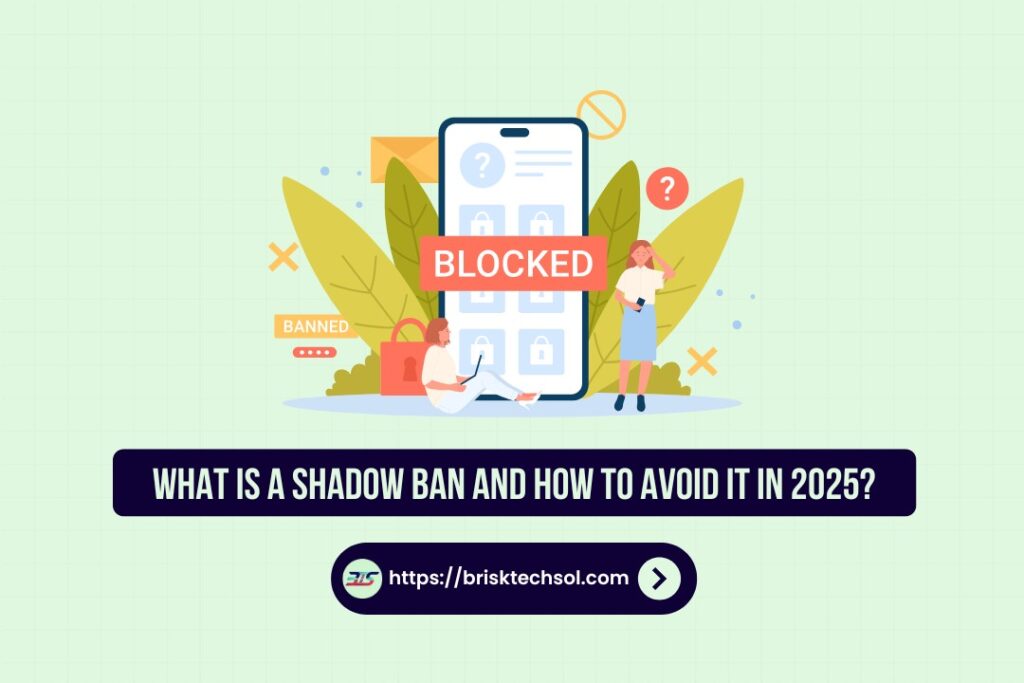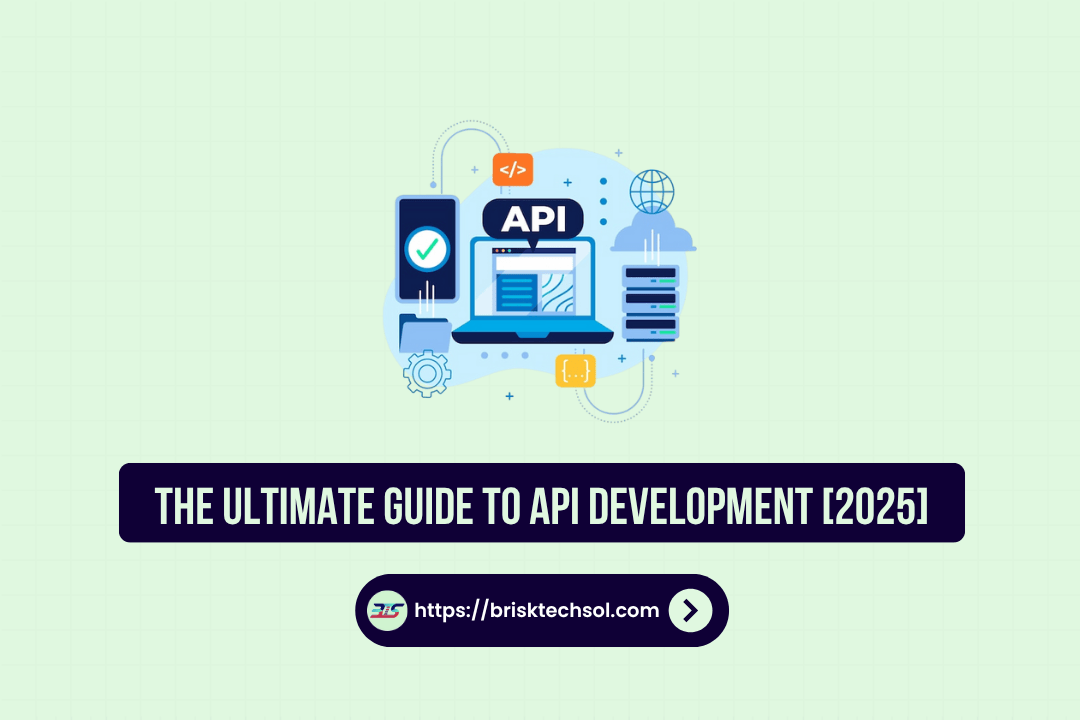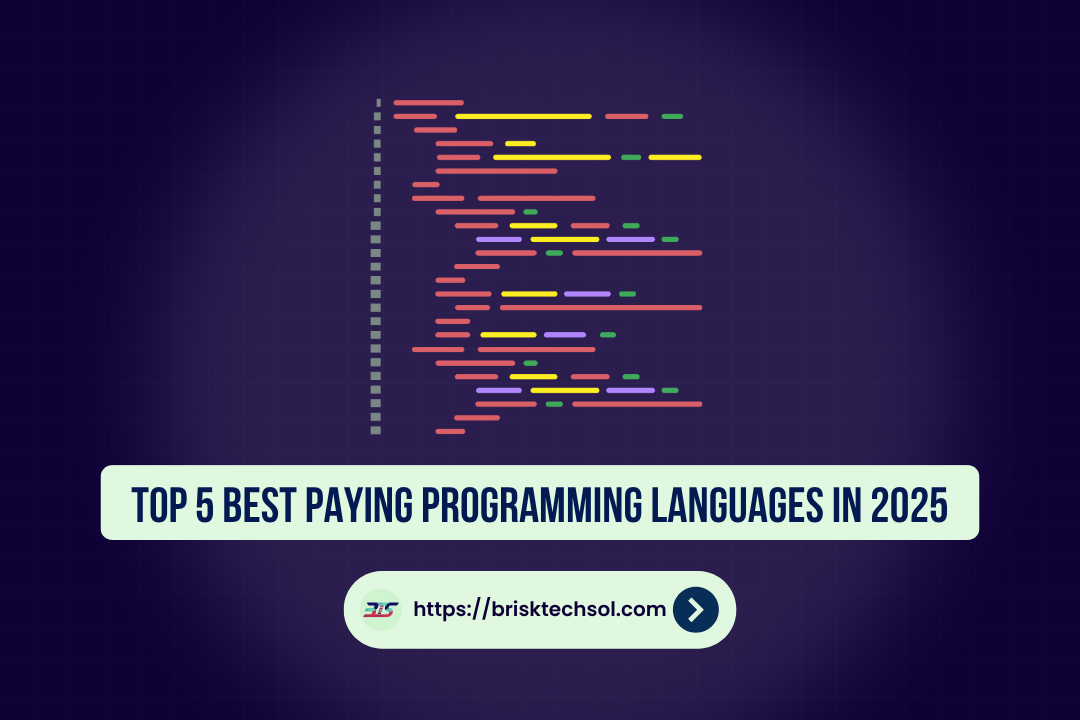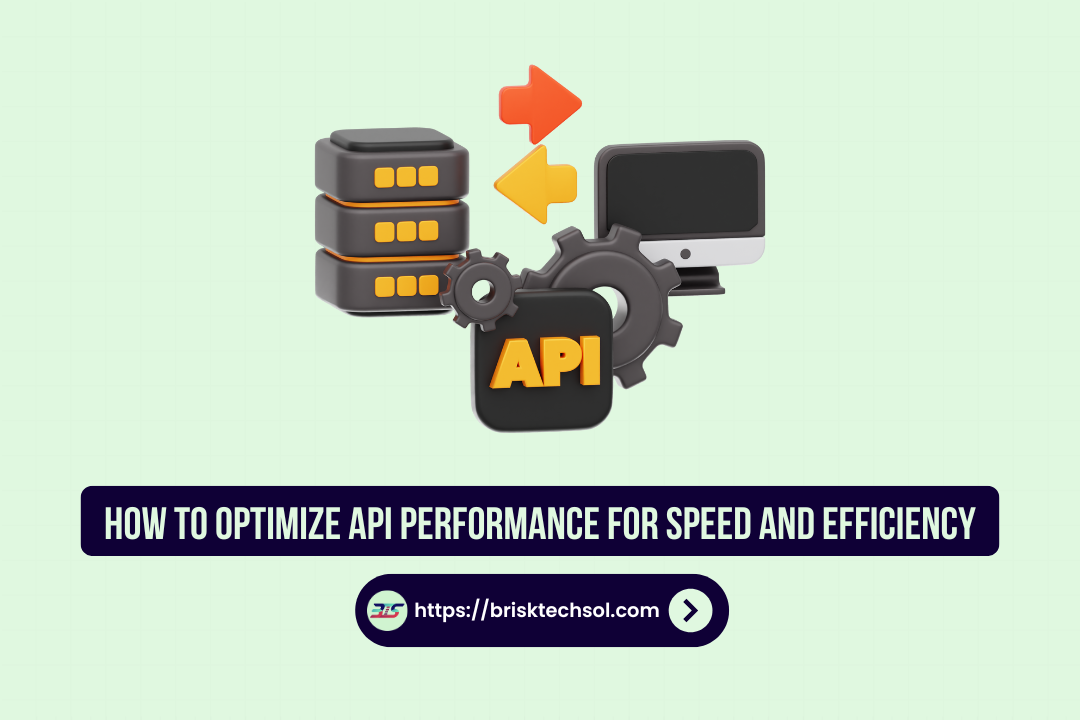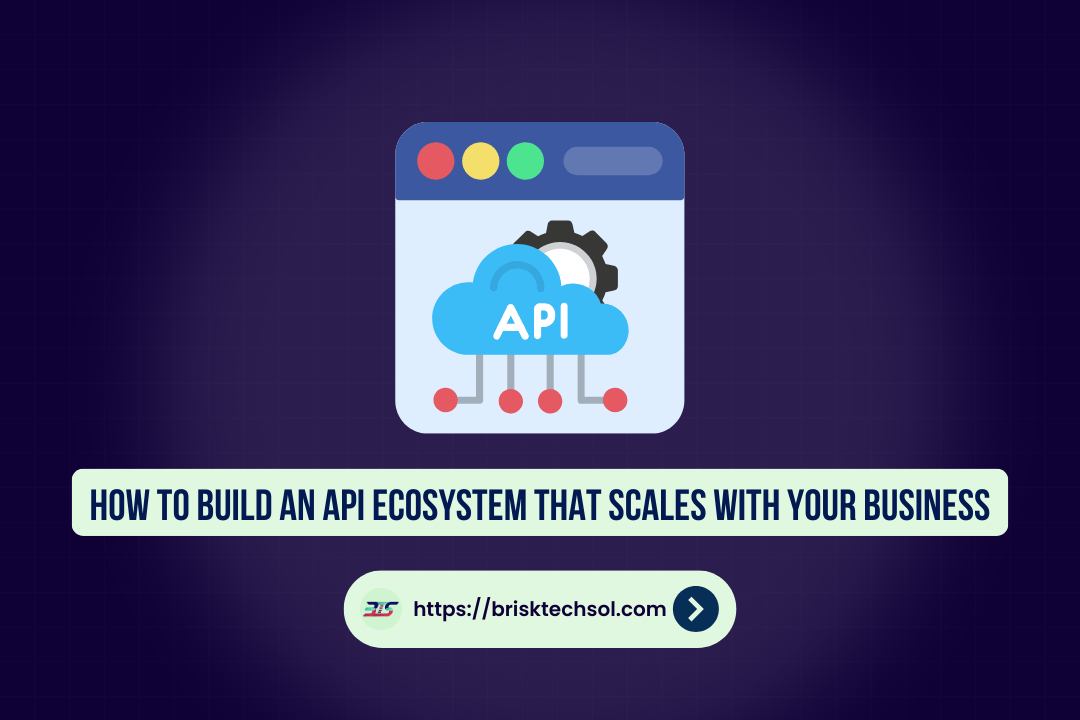Understanding how social media and search engine systems work is important for anyone trying to keep a strong online presence. One topic that has sparked a lot of talk and worry among content creators, marketers, and everyday users is the idea of a shadow ban. In this detailed guide, we’ll look at what a shadow ban is, why it happens, and how you can avoid it in 2025.
What Is a Shadow Ban?
A shadow ban (also known as stealth banning or ghost banning) is a type of online censorship where a platform limits or hides a user’s content without warning. Instead of sending you a notice, these sites quietly cut down the reach of your posts, so fewer people see them in feeds, search results, and recommendations. The main goal is to control spam, false information, or behaviors that break the rules while avoiding public criticism.
How Does a Shadow Ban Work?
When a shadow ban is in effect, the content you post might look normal to you, but others (and search engines) see little or nothing of it. The effects can include:
- Less engagement: Fewer likes, comments, shares, and overall interactions.
- Lower visibility: Your posts are less likely to show up in trending topics, recommendations, or search results.
- Indirect penalties: Your content might still be available through direct links, but it’s hidden from broader searches and feeds.
Why Shadow Bans Happen
Common Causes
Platforms usually use shadow bans to protect their users, and several things can trigger them:
- Breaking the Rules: Posting content that is seen as spammy, offensive, or against the rules.
- Too Much Automation: Overusing bots or automated tools that seem suspicious.
- Aggressive Actions: Doing things like mass following/unfollowing, commenting too often, or using too many hashtags.
- Algorithm Triggers: Automated systems that mistake normal activity for spam.
- User Reports: Multiple complaints from other users can sometimes lead to a shadow ban even if your content doesn’t directly break any rules.
Knowing these reasons is key to protecting your online reputation and making sure your content stays visible.
How to Identify a Shadow Ban
Signs You Might Be Shadow Banned
It can be hard to know for sure if you’re shadow banned because platforms don’t give clear notifications. Look out for these signs:
- A sudden drop in engagement: Noticeably fewer likes, comments, and shares.
- Reduced search visibility: Your posts don’t show up in hashtag feeds or search results.
- No new followers: Even if you post regularly, your follower count stays the same.
- Feedback from others: Trusted followers mention they aren’t seeing your posts.
These signs might also be caused by changes in the system or seasonal drops in activity.
How to Avoid a Shadow Ban in 2025
Keeping up with changes and following best practices can help you steer clear of a shadow ban. Here are some steps:
1. Follow Platform Guidelines Carefully
Each social platform has its own set of rules. Make sure you’re familiar with and follow these guidelines by paying attention to:
- Content standards: Avoid sharing content that is controversial or harmful.
- Automation limits: Use bots and automated tools sparingly and only as allowed.
- Hashtag use: Use relevant hashtags and avoid overloading your posts with too many tags.
2. Keep Genuine and Steady Engagement
Focus on real interactions with your audience. Authentic engagement builds trust with your followers and the people who monitor the platform.
- Join conversations: Comment on posts, reply to messages, and create discussions.
- Quality over quantity: Regular, well-thought-out posts are better than many rushed ones.
- Avoid spam: Don’t repeat the same content or use clickbait headlines.
3. Watch Your Content Performance
Regularly check your content’s performance to catch any sudden drops in engagement. This helps you change your approach quickly if needed.
- Use analytics tools: Tools like Google Analytics, Instagram Insights, and Facebook Insights can offer useful data.
- Track hashtags: Notice which hashtags bring the most engagement and adjust accordingly.
- Listen to feedback: Pay attention to what your audience is saying about your posts.
4. Update Your Content Plan
Keeping your content fresh is important. Adjust your plan to match current trends and platform updates.
- Mix up your content: Try using different formats like videos, stories, infographics, and blog posts.
- Stay current: Follow blogs, social media updates, and news about system changes.
- Test new ideas slowly: Try new methods on a small scale before making big changes.
5. Improve Your SEO
For businesses and influencers, making your content easy to find on search engines is a must.
- Do keyword research: Use tools like Google Keyword Planner or SEMrush to find simple and relevant keywords.
- Optimize your pages: Improve your headings, descriptions, and image texts.
- Build quality links: Get links from reliable sites to boost your site’s credibility.
- Focus on user experience: Make sure your website loads fast, is mobile-friendly, and offers useful content.
6. Be Careful with Third-Party Apps
While third-party apps can help with scheduling posts and data analysis, too many of them can trigger a shadow ban.
- Check app permissions: Only use trusted apps and review what access they have.
- Avoid over-automation: Balance automated tasks with real, personal interactions.
Best Practices for Success in 2025
Adopt a Well-Rounded Online Strategy
Avoiding a shadow ban is not just about following rules—it’s also about having a solid online plan.
- Mix your content: Use a variety of content types like blogs, videos, and podcasts to reach more people.
- Use multiple platforms: Share your content across different sites so that a penalty on one won’t ruin your entire online presence.
- Build a strong community: Create a loyal group of followers through regular interactions, live sessions, and interactive posts. A strong community can help you spot and fix issues early.
Regularly Check Your Online Status
Do regular reviews of your social media and website performance to catch any problems before they grow.
- Review your content: Look over older posts to ensure they still meet current guidelines.
- Monitor engagement: Keep an eye on how your audience interacts with you.
- Check technical details: Make sure your site is working well by fixing broken links, speeding up pages, and ensuring mobile compatibility.
Get Ready for System Changes
Social media platforms and search engines are always changing. Here’s how to keep up:
- Stay informed: Subscribe to newsletters, join online groups, and attend webinars.
- Connect with experts: Engage with people who work at these platforms or join communities where you can learn about changes early.
- Test and adjust: Try new ideas on a small scale before applying them widely.
Conclusion
In the constantly changing online world of 2025, staying informed and proactive is important for keeping a strong online presence. A shadow ban can lower your engagement and visibility, but knowing why it happens and following these best practices can help you avoid it. By sticking to platform guidelines, interacting genuinely, and continually improving your SEO and content plan, you can make sure your posts stay visible and valuable to your audience.
FAQs
Q1: What is the main difference between a shadow ban and a regular ban?
A shadow ban quietly limits your content’s reach without notifying you, while a regular ban is obvious and usually comes with a clear warning.
Q2: Can a shadow ban affect my search engine rankings?
Yes, if your content is shadow banned, it may lead to lower engagement and visibility, which can hurt your search engine ranking. Good SEO practices can help lessen this risk.
Q3: How do I know if I’ve been shadow banned?
Look for a sudden drop in engagement, your posts not showing up in hashtag or search feeds, and feedback from your audience that they aren’t seeing your content.
Q4: What should I do if I suspect a shadow ban?
Review your recent activity to see if anything may have triggered it, check that your content follows the rules, ask your audience for feedback, and consider contacting the platform’s support team.
Q5: Can I recover from a shadow ban?
Yes, you can recover. The key is to find out what caused the issue, change your strategy, and slowly rebuild your engagement with consistent, quality content.


